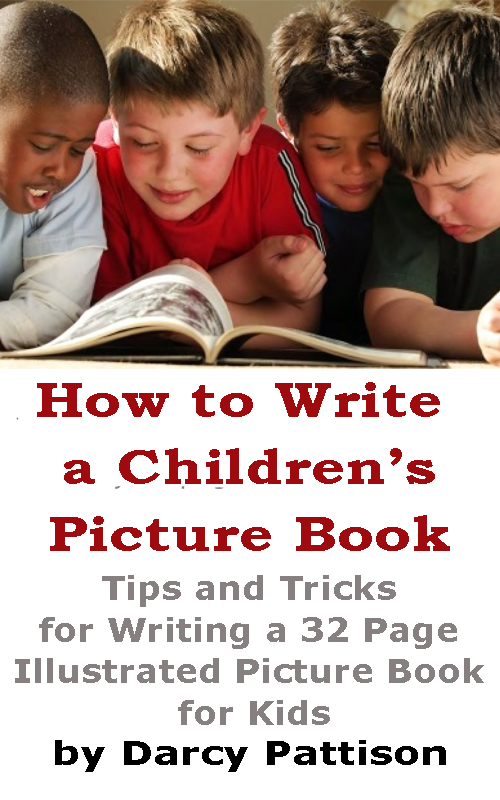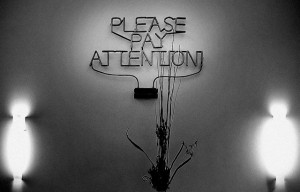 |
The kindergarten class in Room 9B was an odd class.
The kindergarten class in 9B was odd.
Which sentence is more effective?
What is the most important work in the sentences?
Odd. It’s an important word because it distinguishes this class from all others. The next sentence of my picture book 19 Girls and Me tell the reader that this class has “19 girls and one lone boy.”
My point here is that sentences can be structured to emphasize—or deemphasize—anything you choose. Where do you want the reader to pay attention?
When you read a sentence you remember or pay attention to the end of the sentence the most. The second best position for memorable information is the beginning of the sentence. When you bury a word or phrase in the middle of a sentence, it is less memorable.
In my picture book, WISDOM, THE MIDWAY ALBATROSS, I wanted to emphasize that when an albatross first migrated, it doesn’t come back to land for years. Look at the difference in these two sentences. The first emphasizes the time a bird flies. The second emphasizes that the bird soars.
She soared for five or six or seven or eight years.
For five or six or seven or eight years, she soared.
It’s a subtle difference, but an important one for me, because I find it totally amazing that for years, she does nothing but fly. I wanted the reader to feel that same amazement. I also used soar, instead of fly because it more accurately captures the bird’s movement of flying on the thermals. There’s no wing flapping here because she has a special elbow joint that locks into position, keeping her wings outstretched. That’s soaring. Not flying.

You can also, though, use the technique to hide information in plain sight. Writing a mystery, you might choose to put a specific clue into the middle of a sentence. What if a bag of donuts was an important clue? Which sentence would you choose to use and why? Do you want the reader to remember the donuts or not?
Picking up the bag of donuts, she wheeled her bicycle onto Broadway and headed toward the river.
She wheeled her bicycle, donuts balanced on the handlebars, onto Broadway and headed toward the river.
Making for the river, she balanced donuts on the handlebars and wheeled her bicycle onto Broadway.
She wheeled her bicycle onto Broadway and headed to the river, donuts safely stashed in her bicycle’s basket.
She wheeled her bicycle onto Broadway and headed to the river, her bicycle’s basket full of hot, fresh donuts.
Interesting, is the use of the passive construction for the purpose of emphasis. Usually passive constructions are frowned upon because they make the action seem once-removed. But a passive construction is useful to push words to the end of the sentence for emphasis.
The street woman pushed a noisy shopping cart.
The squeaky shopping cart was pushed by a strange street woman.
To emphasize the shopping cart, use the first sentence. To emphasize the street woman, use the second—a great use of passive construction.



